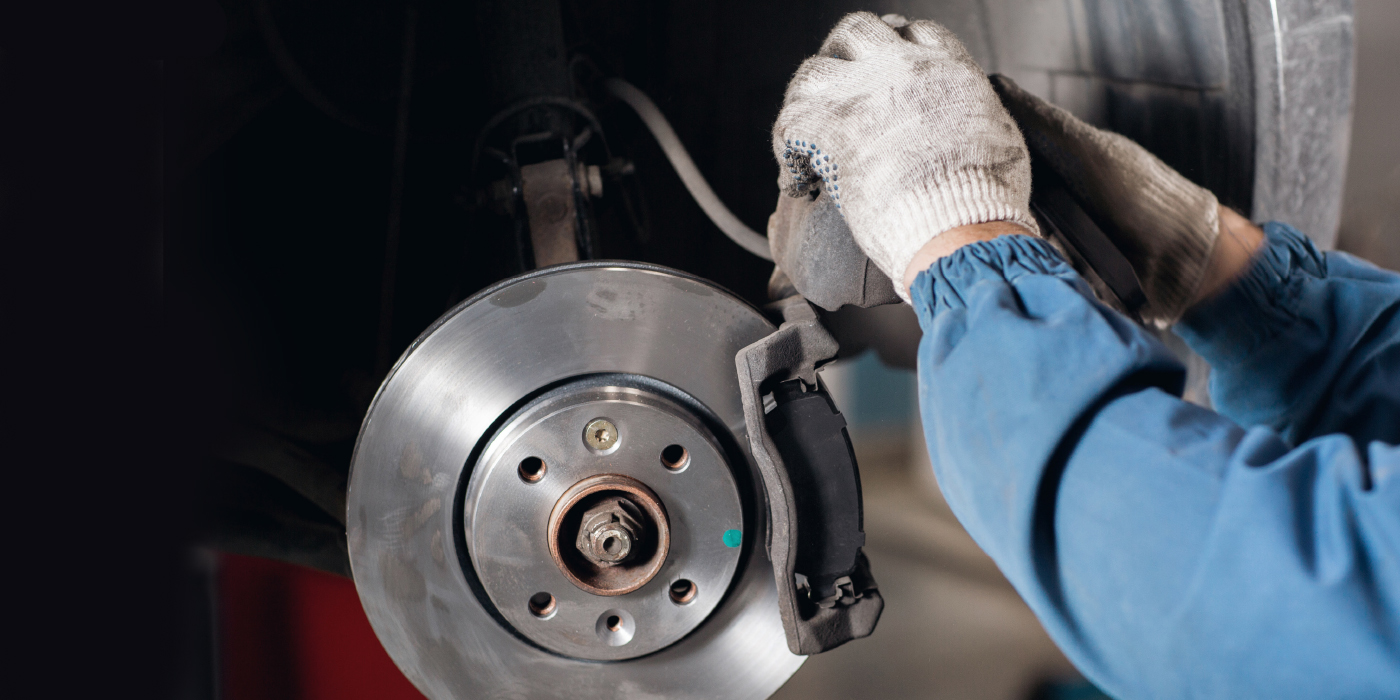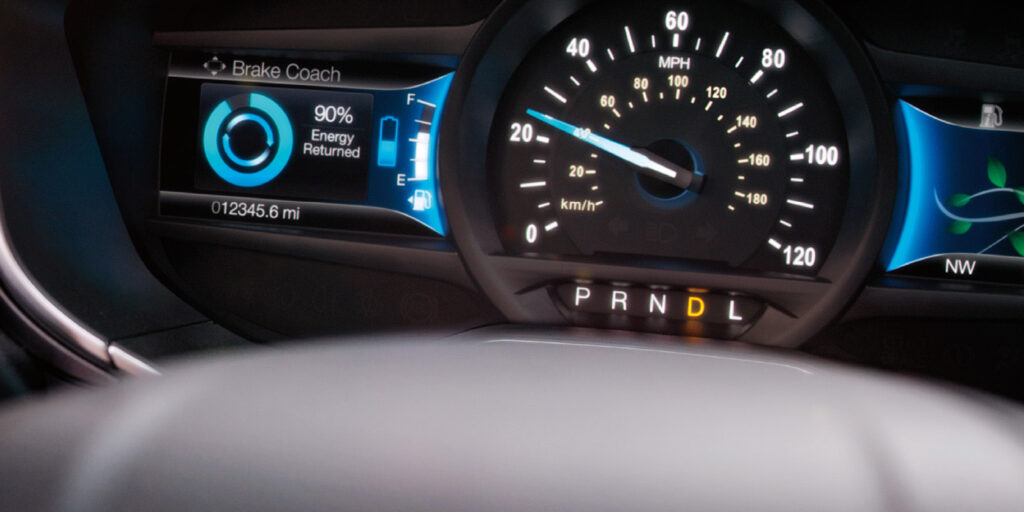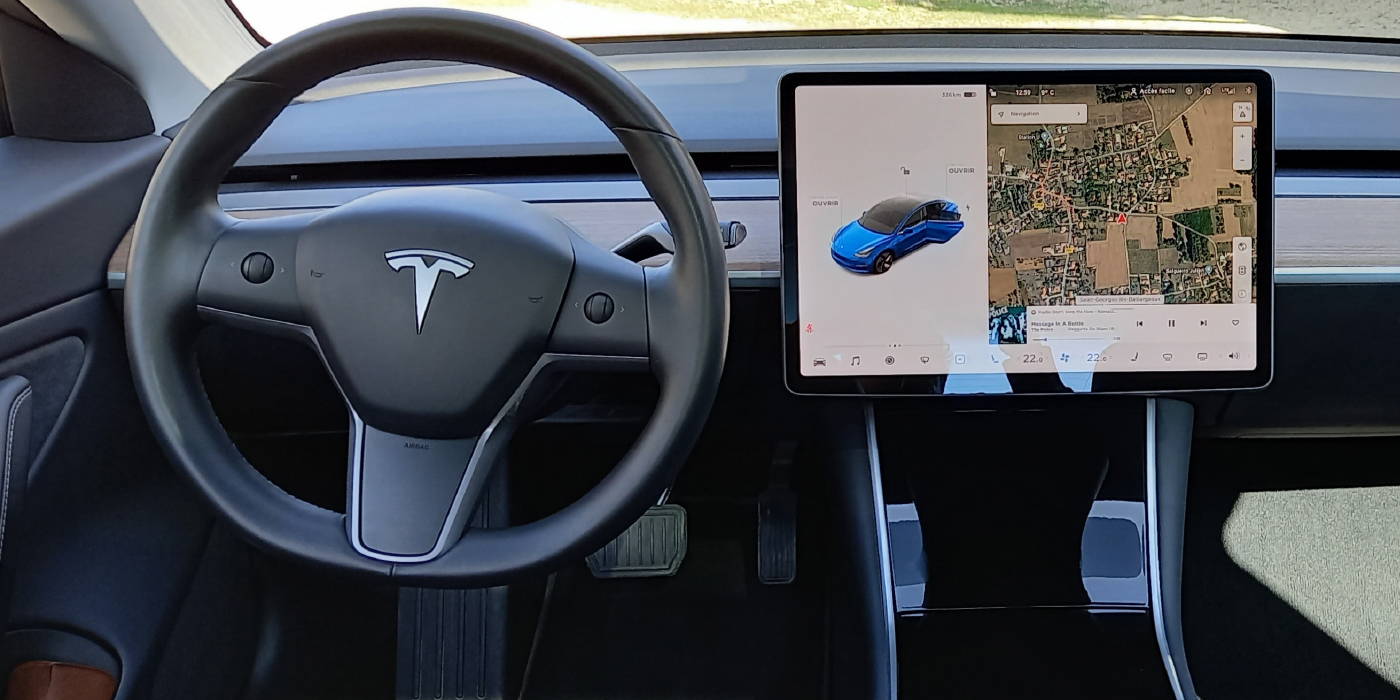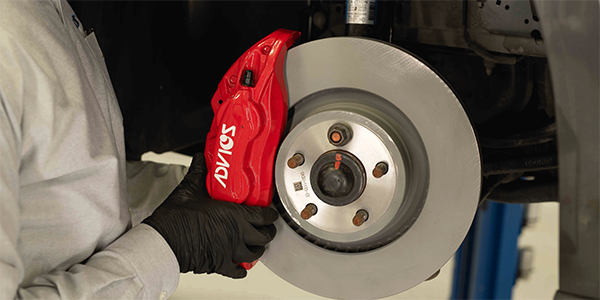Lathe metal shavings may trigger a wheel speed sensor code or cause false anti-lock-brake modulation. Prior to using an on-the-car lathe, review the manufacturer’s instructions.
All anti-lock-brake systems (ABS) utilize speed sensor inputs. Some of these systems have very narrow tolerances in regard to wheel speed data. Speed sensor concerns include the air gap that can easily be altered during the course of brake maintenance. When using an on-the-car brake lathe, it is important to prevent metal shavings from contacting, and collecting on, the sensor.
The sensor is a magnet with a coil of wire wrapped around it. Metal filings or shavings from the on-car-lathe naturally are attracted to the magnet, reducing the air gap. This may or may not illuminate the ABS warning light. Metal shavings may even cause intermittent or false ABS brake modulation.
ABS false codes may be triggered if the ignition key is in the “on” position. While the key is in the on position, the lathe is rotating a hub or axle. The wheel speed sensor is generating a data stream to the electronic control module.
Repair Procedure: Clean and remove any buildup of metal particles on all sensors and tone rings. Clean and remove all metal particles from the rotor surface, hub, bearing or axle. Soap and water does an excellent job of lifting away metal particles. Do not use compressed air to remove metal filings from the sensors.
Courtesy of Raybestos.













